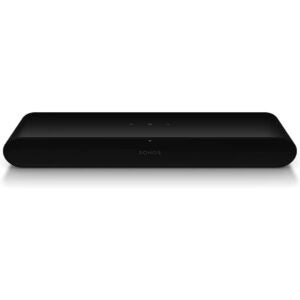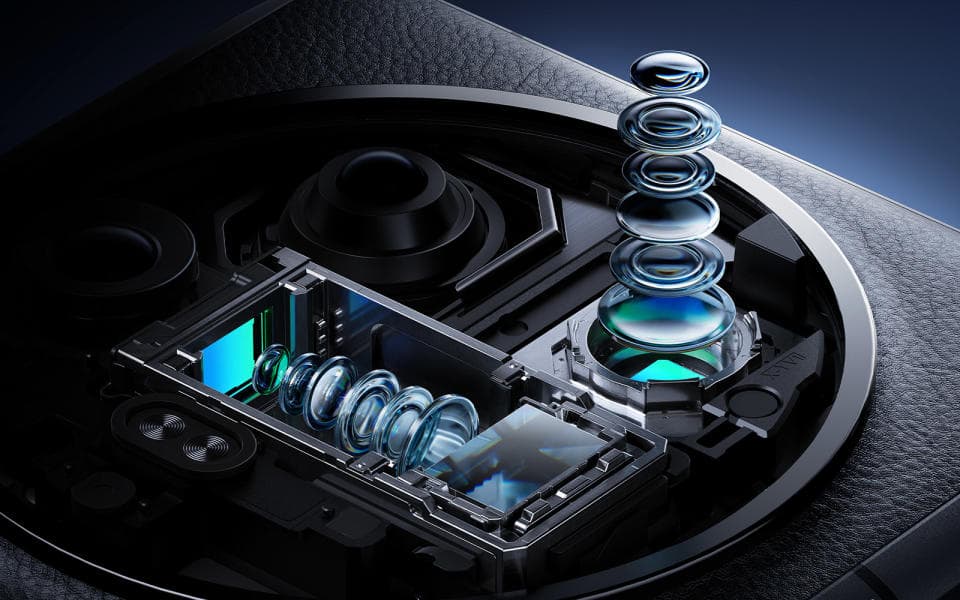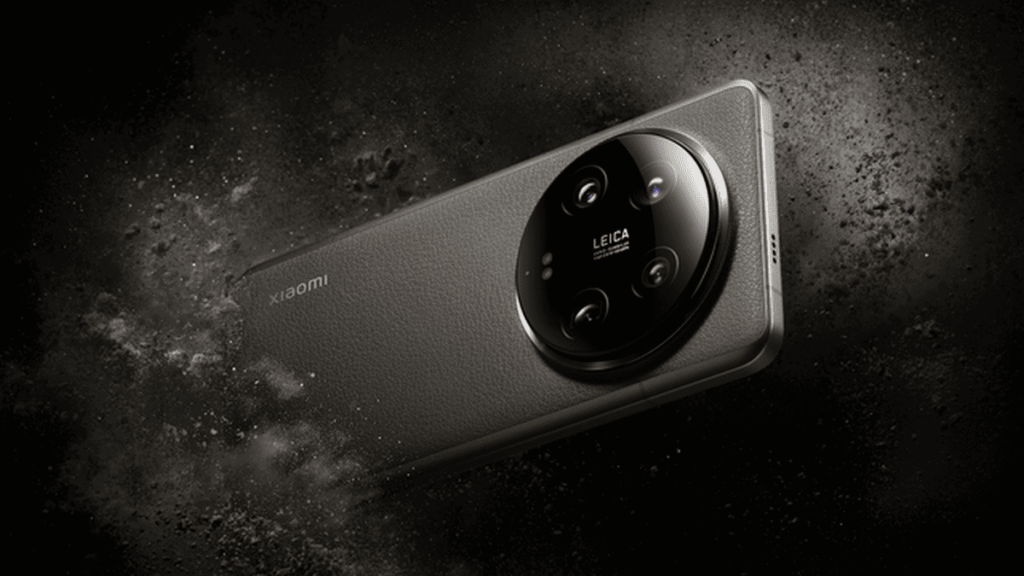The Xiaomi 14 Ultra has been confirmed ahead of its European debut at Mobile World Congress next week. Here’s what’s new about Xiaomi’s flagship, photography-focused powerhouse.
Last year’s Xiaomi 13 Ultra earned praise from Trusted Reviews for its camera chops, and ability to tick all the other boxes in terms of performance and display.
This year, the Chinese manufacturer is upping its game with the Xiaomi 14 Ultra which will be on show in Barcelona at MWC 2024 next week. The phone builds on the Xiaomi 14 Pro and we’re sure the Ultra will be worthy of the name.
There we’ll be getting a closer look at the handset that’s sure to be in the running for the best Android phone of 2024. We’re sure there’ll be more information about the European price and release date too.
However, until that point, here are the key differences we’ve spotted from the spec sheet.

The Sonos Ray is currently just £209 from Argos
Upgrade your home entertainment for less with this deal on the Sonos Ray soundbar from Argos.
- Argos
- RRP £279
- Now £209
Camera
When announcing his verdict on the Xiaomi 13 Ultra, Trusted Reviews’ editor Max Parker said this handset was “more camera than phone” and that certainly doesn’t change with the new Xiaomi 14 Ultra. The photography focus continues this year with a quad camera array.
The main generational difference is the upgraded version of Sony’s 1-inch mobile main camera sensor. This one’s called the LYT-900 and it also features on the Oppo Find X7 Ultra.


It retains the 50-megapixel resolution. There’s a wider f/1.63 variable aperture on this one. That an improvement on the f/1.9 on last year’s model.
The other key change is to the cameras is the f/2.5 aperture on the 120mm periscope lens. Otherwise the 75mm telephoto and 12mm ultrawide (122-degree field of view) cameras remain the same. They’re all capable of capturing 50-megapixel images.
Xiaomi is also adding four AI models thanks to the Xiaomi AISP neural chip. The merits of those FusionLM, ToneLM, ColorLM and PortraitLM models will come out in testing.
Design
The designs of the phones are pretty similar, but the camera array is also slightly different now with a sloped frame design rather than a pronounced bump. You’ll also get a new “Dragon Crystal” glass to shield back of the phone one one of the models, while there’s also the option of vegan leather rear casing. The mid-frame is an aluminium alloy that Xiaomi reckons is stronger than the iPhone 15 Pro’s titanium.


Battery
You’ll also get more juice from the Xiaomi 14 Ultra thanks to the new 5,300mAh sensor that’s comes in an 8% smaller footprint than its processor, which was 5,000mAh in size. The company reckons it’ll give you 17% more juice overall.
Xiaomi says the 90W wired charging will take 12.5 minutes to get to 50%. In our tests the Xiaomi 13 Ultra took 17 minutes, so that’s a decent improvement.
Chipset
Unsurprisingly, this year’s Snapdragon chip of choice, the 8 Gen 3 model is on board here. The 13 Ultra had the Gen 2. There is still up to 1TB of storage and 16GB of RAM.
However, Xiaomi is going a step further by adding a new homegrown Surge T1 chip designed to improve cellular (by 37%), Wi-Fi and Bluetooth (by 16%) connections.
The new Xiaomi 14 Ultra model now offers two-way satellite calling and texting. You’ll be able to latch onto the satellite 60% faster and connect to it 29% faster.
Display
The 6.73-inch 120Hz LPTO AMOLED display offers peak brightness of 3000 nits and includes Dolby Vision and HDR10+ HDR. The resolution is 1440 x 3200 and it has a 522 pixels-per-inch density.
The key improvement on the 13 Ultra is the brightness, which was rated at 2600 nits last year.
Stay tuned for more about the Xiaomi 14 Ultra during Mobile World Congress.

